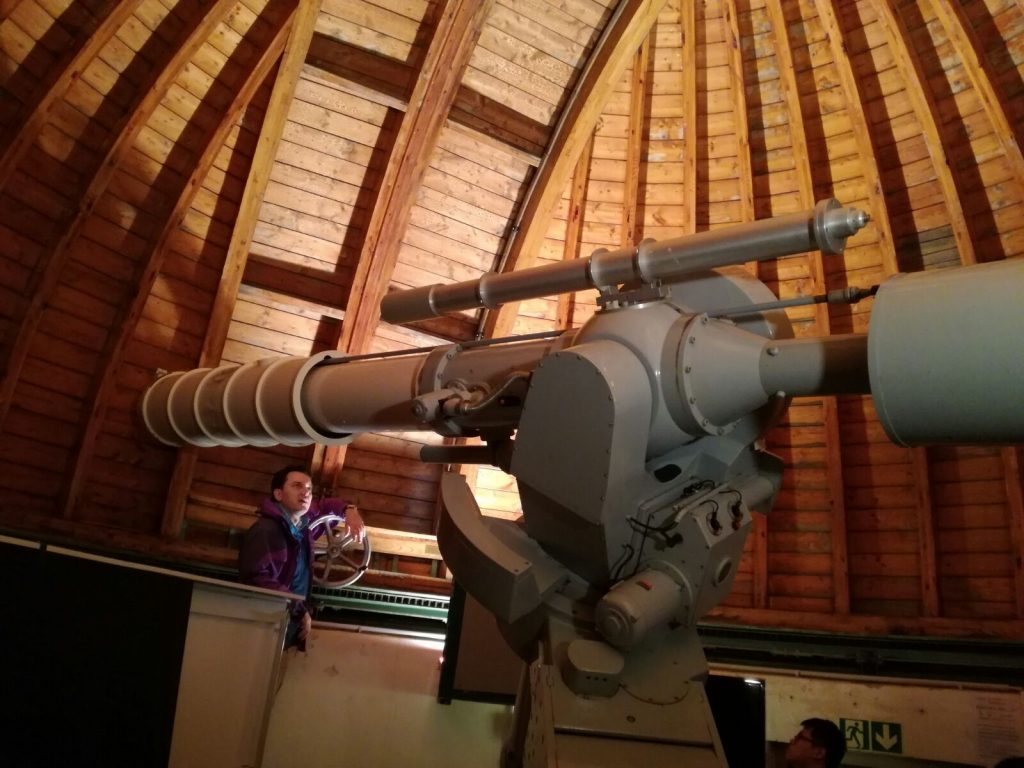Germany Immersion Trip
Honours graduate Seah Mei Hui Rachel shared about her experience at the recent Germany Immersion Trip (10 Jun – 3 July 2017)
The Germany Immersion Trip could very well be renamed the ‘Munich Immersion Trip’. The 17 of us spent a little under two weeks in Munich or München, as the locals would call it. A week was spent in Göttingen, a small university town close to the city of Berlin (and a place I have earmarked as my ideal retirement destination) and the remaining three or four days in Germany’s capital itself.
I would not presume to speak for the rest. But I can say with great certainty that it was a highly immersive experience for me, both in Germany’s culture and world of academia. As I typed this, I looked back at my experience with much fondness—no doubt, enhanced by the pleasant company of my trip companions. We had a ‘lightbulb’, an aspiring songbird and a fellow tripper who would buy anything for 1.50 euros (okay, I exaggerated on the last part).
Our weeks in Munich were spent with Prof Englert and Regina, a friendly Hungarian graduate student at the Ludwig-Maximilian University of Munich (LMU). The rest of our time was spent with Prof Osipowicz in the University of Göttingen and in Berlin.
Undergraduate lectures are conducted in German, but during our trip, they were taught in English for our benefit. I found the focus on experimental demonstrations in reinforcing concepts and phenomena remarkable. Yet, jetlag must have affected me, for I readily admit to spending almost as much time asleep as I was awake.
Most of the time, we would be briefed on the relevant topic and then shown around the facility. This was less dry than it sounded, for we visited interesting and noteworthy places such as the Wendelstein Observatory—so misty and cold it could be part of a movie set for Silent Hill—and the nuclear reactor near Garching known as FRM II (or Forschungs-Neutronenquelle Heinz Maier-Leibnitz, if you want an exercise in the pronunciation of German). In particular, FRM II, operated by Technische Universität München (TUM), is considered one of the world’s best reactors that produces neutrons.
Our immersion in Germany’s finest research facilities was tempered with a healthy dose of cultural exposure. We were brought to places of historical and cultural values, such as the memorial of the White Rose (a resistance group of youths against the Nazi regime), Andechs Monastery (Kloster Andechs) near Lake Starnberg, the Pinakothek Museum and Deutsches Museum. We also had fun engaging in cultural activities which included having our meals in Biergartens (beer gardens) and watching a vibrant musical performance of Chitty Chitty Bang Bang.
Having seen that, I am not surprised that Germany has such a strong research culture—children are exposed to science from a young age (for example, from exhibitions in the Deutsches Museum), and experimental demos seem very common. You even see whole streets being named after famous scientists!
Göttingen was no less amazing—steeped in the rich history, tradition and legacy of illustrious names that included Born, Weber, Gauss and Planck. But as this account is getting too long, I shall leave you to discover its charms on your own.



